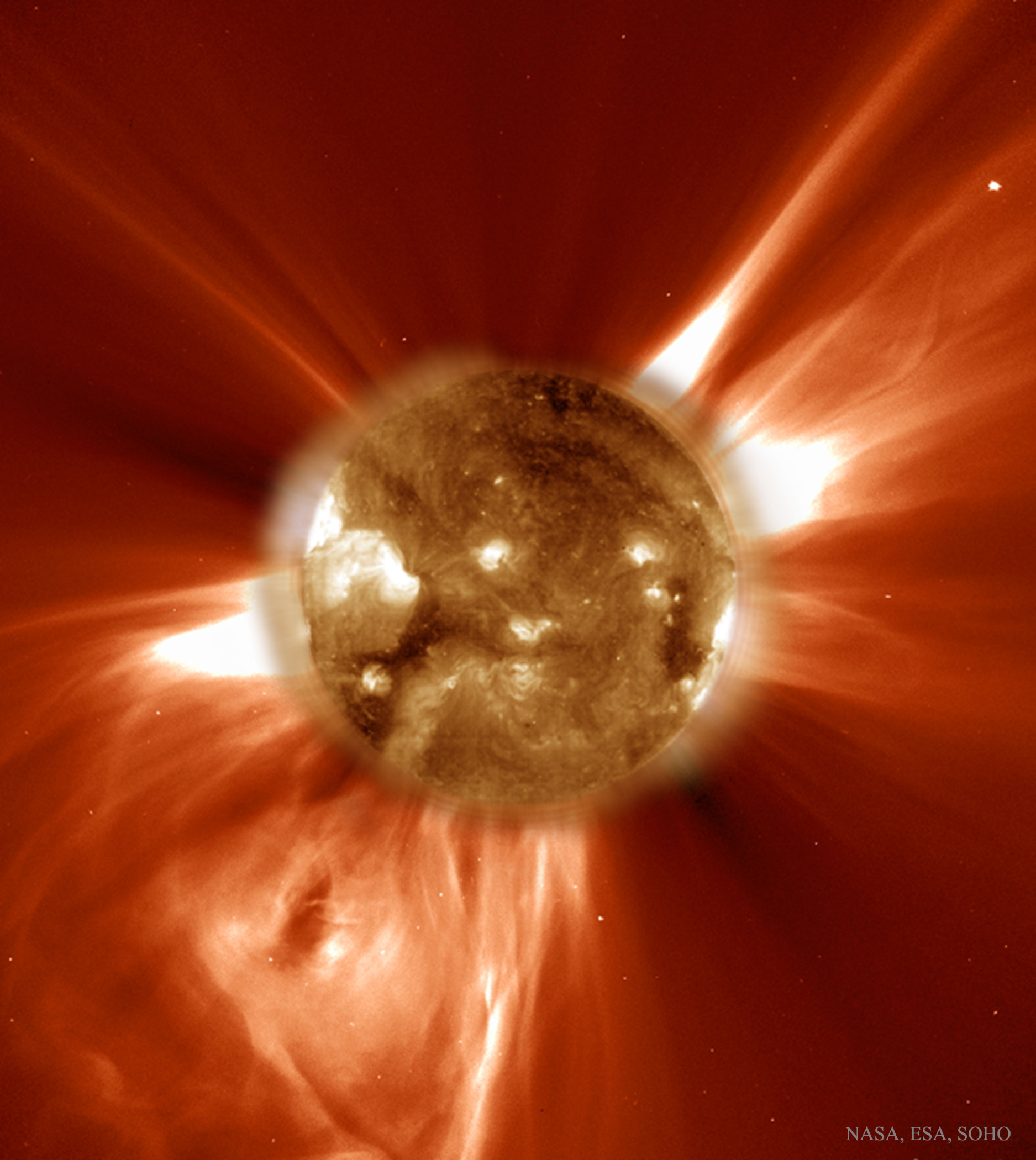Special Session SS20
26 June 2019
Solar and stellar eruptions: observations and modelling
Aims and scope
 The session focuses on most recent advances on the study of solar and stellar eruptions properties from a observational and modelling point of view. Thanks also to the availability of continuous monitoring of stars for the search of exoplanets, flares from different types stars and their differences and similarities with solar flares are now being studied in great details. Large stellar filaments and their disappearance are also detected for a long time (for instance as transient H-alpha absorption features), suggesting the existence of stellar eruptions. As for flares, the stellar counterpart of solar Coronal Mass Ejections (i.e. stellar CMEs) could be simply a "larger scale" version of solar eruptions, but no evidence for their detection has been reported so far. Future development of stellar coronagraphs could improve our actual understanding of these phenomena.
The session focuses on most recent advances on the study of solar and stellar eruptions properties from a observational and modelling point of view. Thanks also to the availability of continuous monitoring of stars for the search of exoplanets, flares from different types stars and their differences and similarities with solar flares are now being studied in great details. Large stellar filaments and their disappearance are also detected for a long time (for instance as transient H-alpha absorption features), suggesting the existence of stellar eruptions. As for flares, the stellar counterpart of solar Coronal Mass Ejections (i.e. stellar CMEs) could be simply a "larger scale" version of solar eruptions, but no evidence for their detection has been reported so far. Future development of stellar coronagraphs could improve our actual understanding of these phenomena.
Even in the solar corona CMEs remain a rather elusive phenomenon of the solar corona, due to their optical thinness and their fast evolving dynamics, and estimations of their basic properties such as mass, density, velocity, volume, thermal energy, and magnetic field intensity and helicity still need further improvement. Remote sensing observations play a key role in direct measurements of these important parameters, and even more will do so with the new generation of coronagraph and instruments as ESA-Solar Orbiter, ESA-PROBA-3, and Parker Solar Probe. At the same time models greatly support this effort as they turn out a very flexible tool to investigate the 3D structure of CMEs, the magnetic field structures embedded in the ejections, and to provide means to interpret the associated EUV, UV, white light, and radio emissions images.
Understanding solar and stellar eruptions is very important to investigate how the life formed and will evolve in our planet, and possibly in recently discovered exoplanets.
Programme
- Solar end Stellar Eruptive Events
- Observations of Coronal Mass Ejections
- Models of Coronal Mass Ejections
- Space Weather
- ESA-Solar Orbiter
- NASA-Parker Solar Probe
- ESA-Proba-3
Invited speakers
- Erika Palmerio
- Jens Pomoell
Scientific organisers
Paolo Pagano, Alessandro Bemporad, Spiros Patsourakos, Bojan Vrsnak
Contact
pp25 @ st-andrews.ac.uk
Updated on Tue Mar 19 22:27:21 CET 2019
|